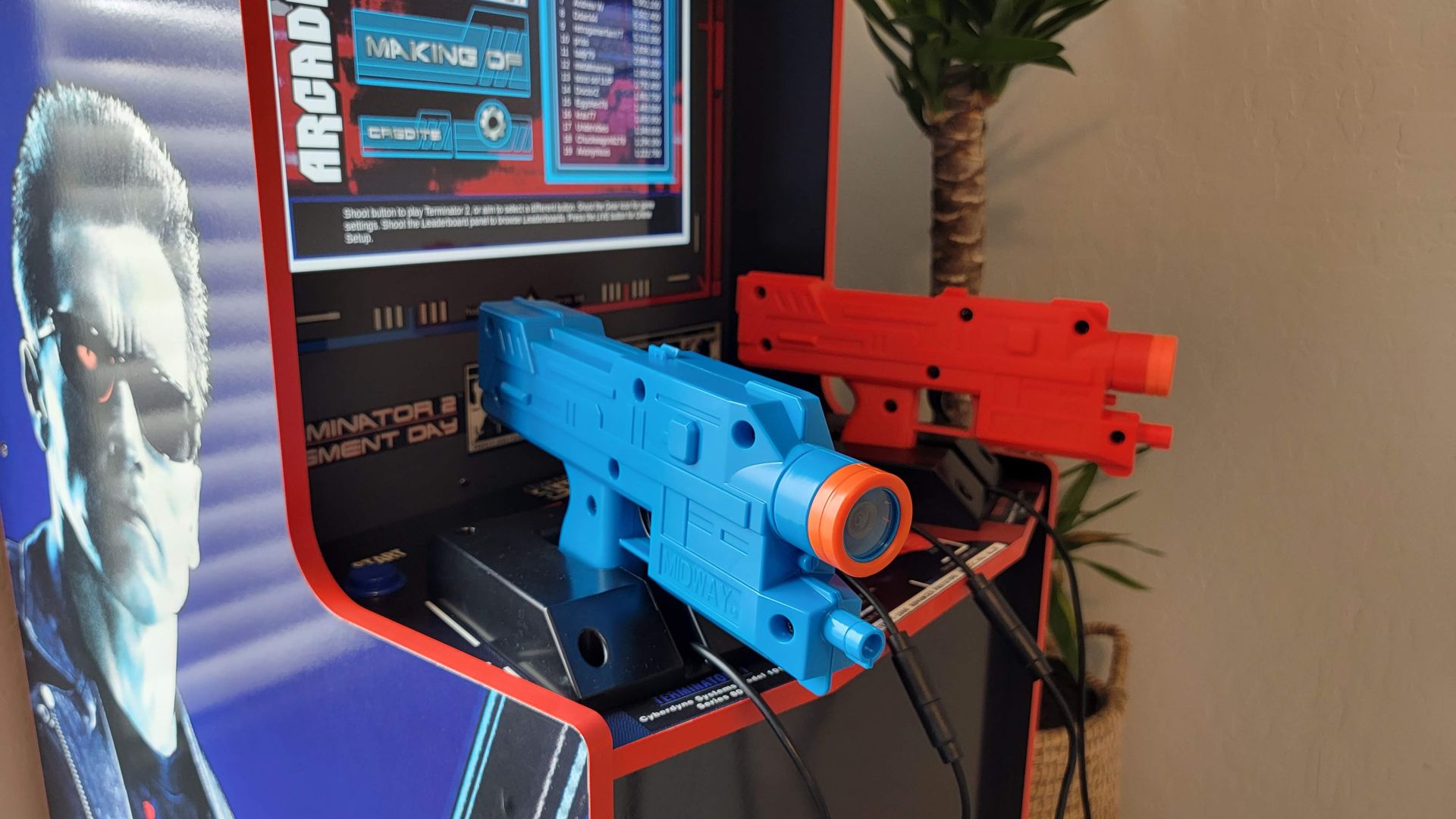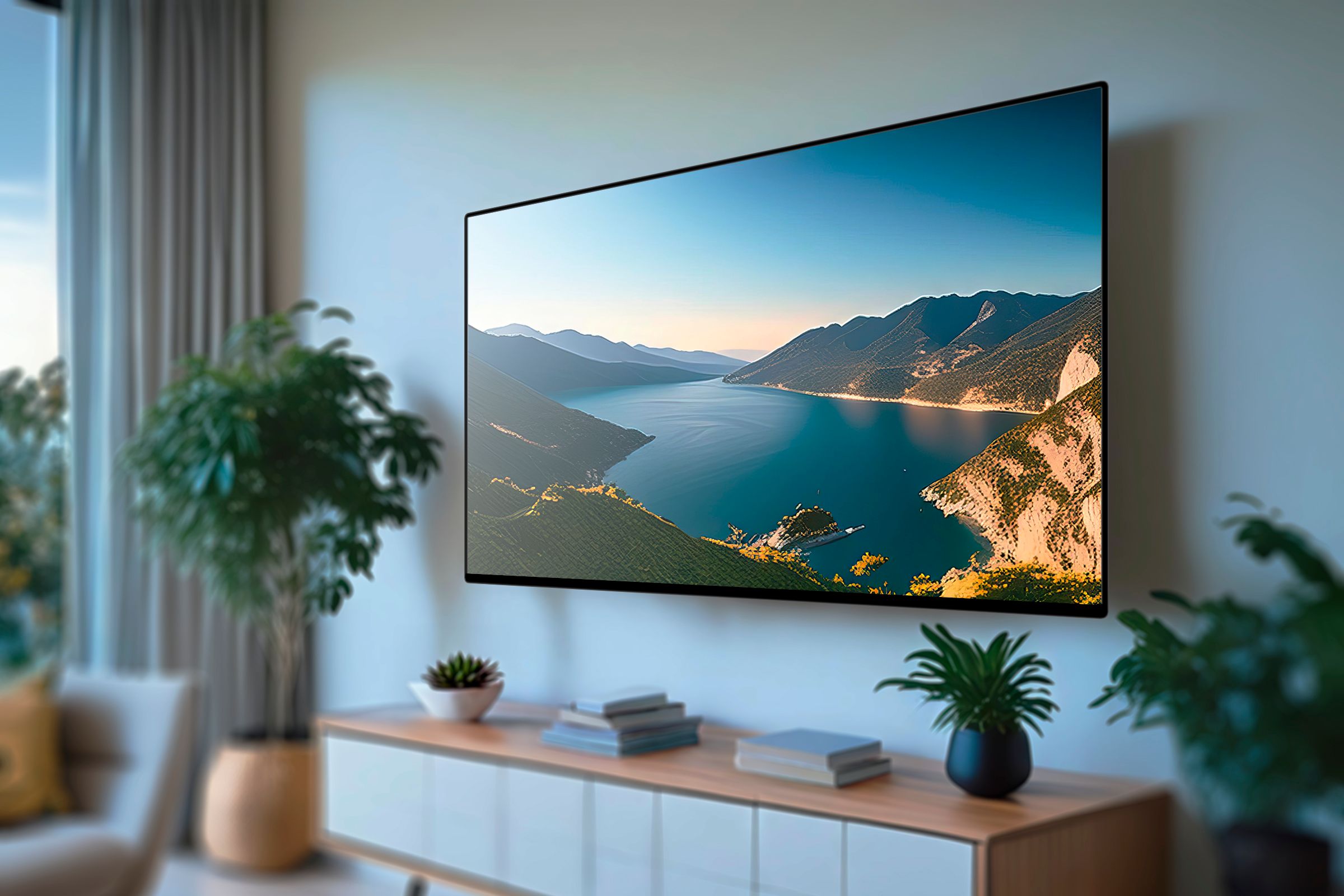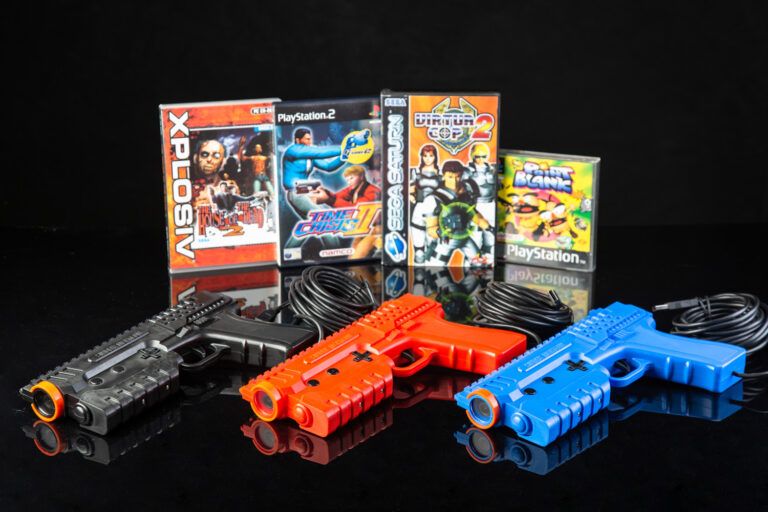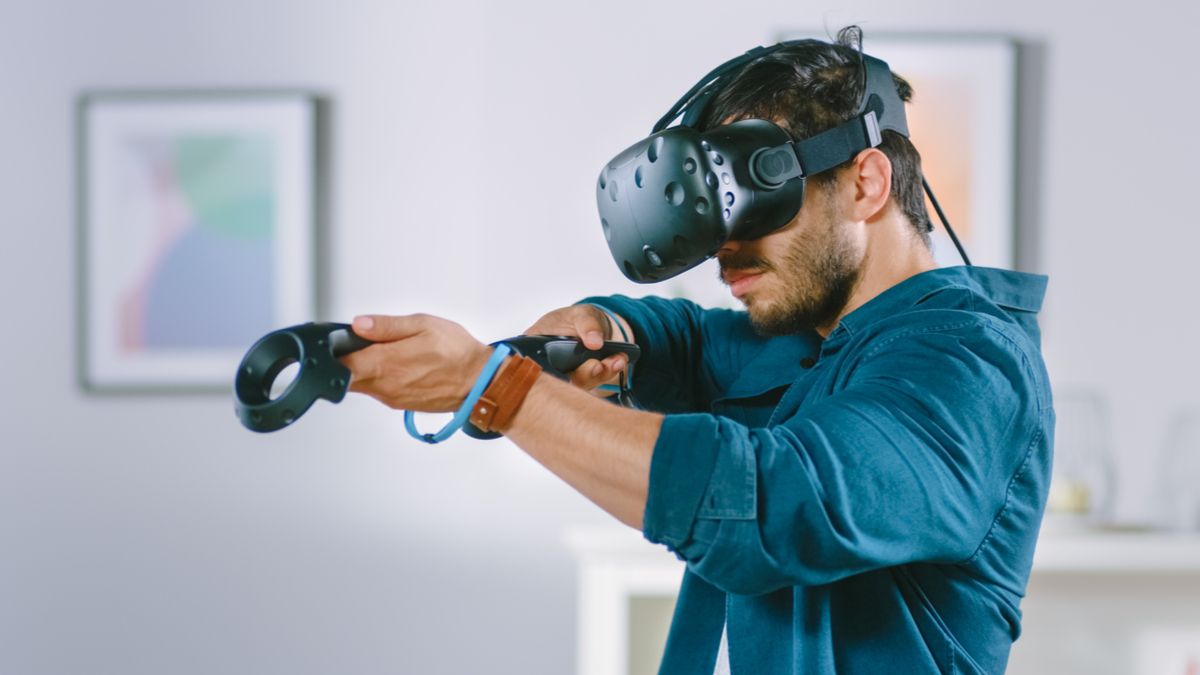Key Takeaways
- Early light guns relied on CRT screens due to the use of analog signals and latency-free display technology.
- Modern LCD monitors can’t support traditional light guns due to having higher latency and using fundamentally different display technology.
- VR and modern peripherals like the Sinden Light Gun are keeping the light gun genre alive.
Light gun shooters were once a popular staple of arcades and home consoles but now they’re practically non-existent on most platforms. Here’s why the genre has all but disappeared in recent years, and what can be done about it.
Early Light Guns Relied on CRT Televisions
The downfall of the light gun can be attributed to a variety of factors, but none were as influential as the decline of CRT (cathode-ray tube) televisions. To understand why CRTs were an essential part of the light gun’s design, it’s important to first understand how light guns functioned.
Contrary to their name, light guns don’t shoot out light (or anything else, for that matter). Instead, they contain built-in sensors (called photodiodes) that can detect lights on the screen to determine whether you hit or miss an in-game “target.”
Although there were numerous early iterations of the light gun, like the Magnavox Odyssey’s Shooting Gallery, the standard design for most light guns was formally established with the NES Zapper.
In games that utilize the Zapper, pulling the trigger activates a sensor that detects if you are aiming at a valid target when firing. However, since the Zapper sensor only reacts to bright light sources, the trigger pull also causes the screen to black out for a few frames, with the targets being momentarily replaced by white boxes. This allowed the Zapper to easily distinguish targets apart from the background.
After pulling the trigger, the Zapper’s light sensors quickly detect if you are aiming at a target. They also scan the surrounding background to determine which target you hit. If the white box that represents a target is detected near the center of the sensor when firing, the game registers your input as a hit. Activating the sensor while aiming anywhere outside these boxes counts as a miss.
Despite its innovative design, the Zapper relies heavily on the CRT’s analog display to function. Even the slightest amount of latency or input lag disrupts the sensitive timing between the trigger pull and flashing screen, ruining the light sensor’s hit detection. As such, the quick and consistent display of a CRT monitor was vital for early light gun shooters.
Light Guns Evolved with New Technology
As light gun games improved, so did their respective peripherals. Games like Virtua Cop, Time Crisis, and The House of the Dead set a new standard for light gun shooters in the 90s. Their switch to 3D graphics and faster gameplay was made possible thanks to a new form of light gun.
Light guns of the 90s adopted a new method for light detection called “cathode-ray timing.” As its name implies, this form of light detection relies on CRTs and the unique way that they display video.
CRT televisions output images by using cathode-ray tubes that fire an electron beam across the screen. Upon reaching the opposite end of the screen, the beam continues downward, moving in horizontal rows until it has covered the entire monitor. This beam is then adjusted to display a specific image on the screen.
This entire process happens so fast and frequently that our eyes perceive the rapid movement of the electron beam as full images. However, the sensors within a light gun can track this movement and are even able to determine when the electron beam reaches a specific part of the screen.
Much like the NES Zapper, light guns that utilize cathode-ray timing contain a sensor that activates after every trigger pull. However, cathode-ray timing is far more accurate than the Zapper’s detection method, as it allows the light gun to detect the exact position you aimed at on the screen by calculating the time it takes for the CRT’s electron beam to reach that position.
Cathode-ray timing not only helped light guns become even more accurate, but also allowed 90s light gun shooters to implement new features such as on-screen crosshairs, destructible environments, and enemies that react to being hit in specific body parts.
Modern Screens Can’t Support Conventional Light Guns
Unfortunately, the eventual decline of CRT televisions proved disastrous for light guns. Not only were traditional light guns designed with CRTs in mind, but modern LCD (liquid-crystal display) monitors are incompatible with these peripherals for numerous reasons.
LCD televisions use a multi-layer backlight display to adjust the colors that appear on-screen. LED monitors feature a similar design, but utilize an array of LED lights to output clearer and brighter images than the average LCD monitor.
Whereas CRTs use electron beams to display images on screen, resulting in the slight screen delay that supports cathode-ray timing, both LEDs and LCDs display all pixels on screen simultaneously. As a result, traditional light guns are unable to calculate where you’re aiming when using an LCD monitor, making them essentially unusable with modern televisions.
Even earlier light gun models like the NES Zapper don’t function properly with modern televisions. CRT monitors use analog signals, which allow inputs from a controller or light gun to register on-screen without any delay. In contrast, nearly all modern televisions utilize digital signals, which have higher latency and consequentially take longer to process inputs.
Because light guns need to register both the input from a trigger pull and information from the screen within milliseconds to work properly, this delay renders most classic light gun shooters functionally unplayable.
Can Light Gun Shooters Make a Comeback?
There have been numerous attempts at reviving the light gun genre through new games and peripherals. Early attempts at designing light guns for modern screens used infrared (IR) emitters, which allow for the peripheral to be tracked by an external motion sensor. The most popular examples of this technology include the GunCon 3 and the Wii Remote (as well as its light gun attachment, the Wii Zapper).
IR-based light guns helped spark a brief revival of the light gun genre in both arcades and on home consoles. Light gun shooters became especially popular on the Wii, leading to the releases of notable titles like Resident Evil: The Darkside Chronicles and The House of the Dead: Overkill. Despite their popularity, IR-based peripherals didn’t match the speed or accuracy of traditional light guns, which prevented the genre from finding the same level of success as it did in the CRT era.
When the popularity of motion controls died down, light gun games and peripherals became increasingly rare. Virtual reality (VR) rail shooters prove that the light gun genre is still alive, even if it’s moving away from its physical roots. By removing the problem of designing a controller that works with modern screens, VR games like Pistol Whip, Serious Sam VR: The Last Hope, and Until Dawn: Rush of Blood deliver exhilarating and energetic experiences that are heavily reminiscent of classic light gun games.
Additionally, some VR emulators like EmuVR allow you to play retro light gun shooters without the issues that plague modern screens. And for those who prefer to use a physical peripheral, light gun-inspired controllers like the PlayStation VR Aim allow you to enjoy the advantages of VR while retaining the charm of holding a light gun.
Although VR is becoming the new hub for light gun-inspired shooters, that doesn’t mean it will completely replace physical light guns. The Sinden Lightgun is a modern light gun peripheral, and arguably one of the best since the 90s. It uses a built-in camera to establish a border around your monitor and then tracks where you aim within that defined border. Furthermore, the Sinden Lightgun works with nearly any PC light gun shooter (including emulated games).
But the Sinden Lightgun comes with a hefty price tag of $107.99 (or $159.99 for a variant with added recoil) and requires a lengthy set-up process. As such, it’s unlikely to appeal to anyone who isn’t already a fan of light guns. While it may not be single-handedly reviving the genre, the Sinden Lightgun proves that classic light gun shooters have a chance at making a resurgence in the future.
The Future of Light Guns
Although the rise of modern flat-screen televisions has made light gun shooters far less accessible, the genre is still alive thanks to innovations in both physical peripherals and VR experiences.
It’s still too early to tell if either of these fields can launch light gun shooters back into mainstream popularity, but die-hard fans of the genre can finally enjoy retro classics and modern throwbacks without a CRT.









